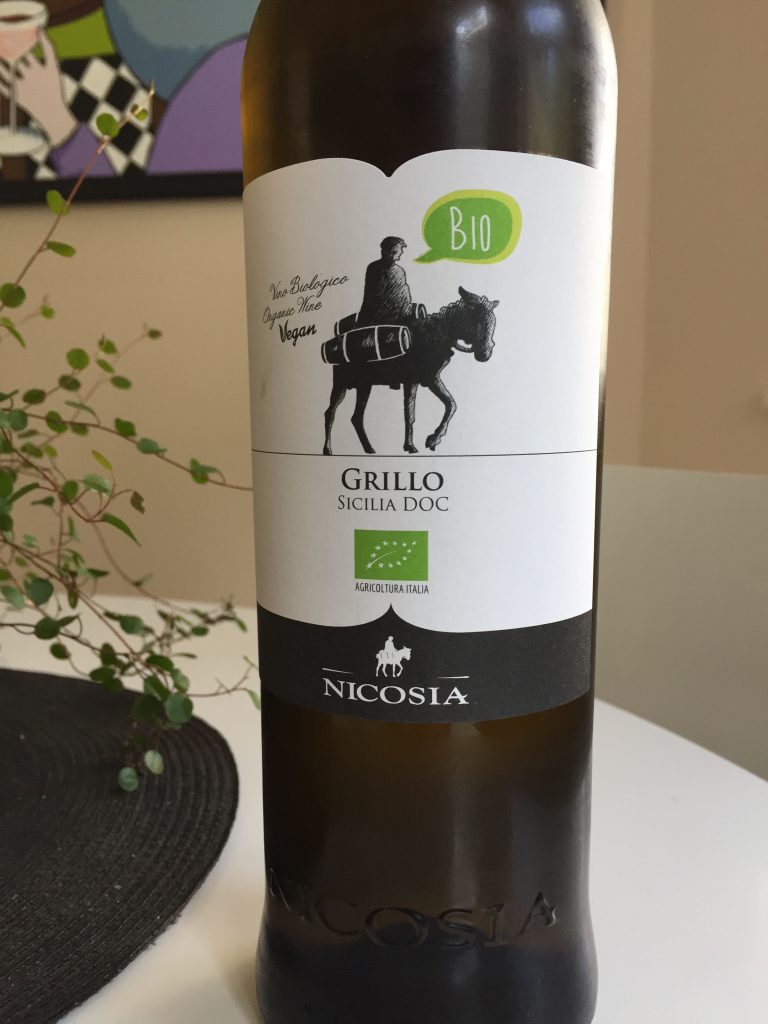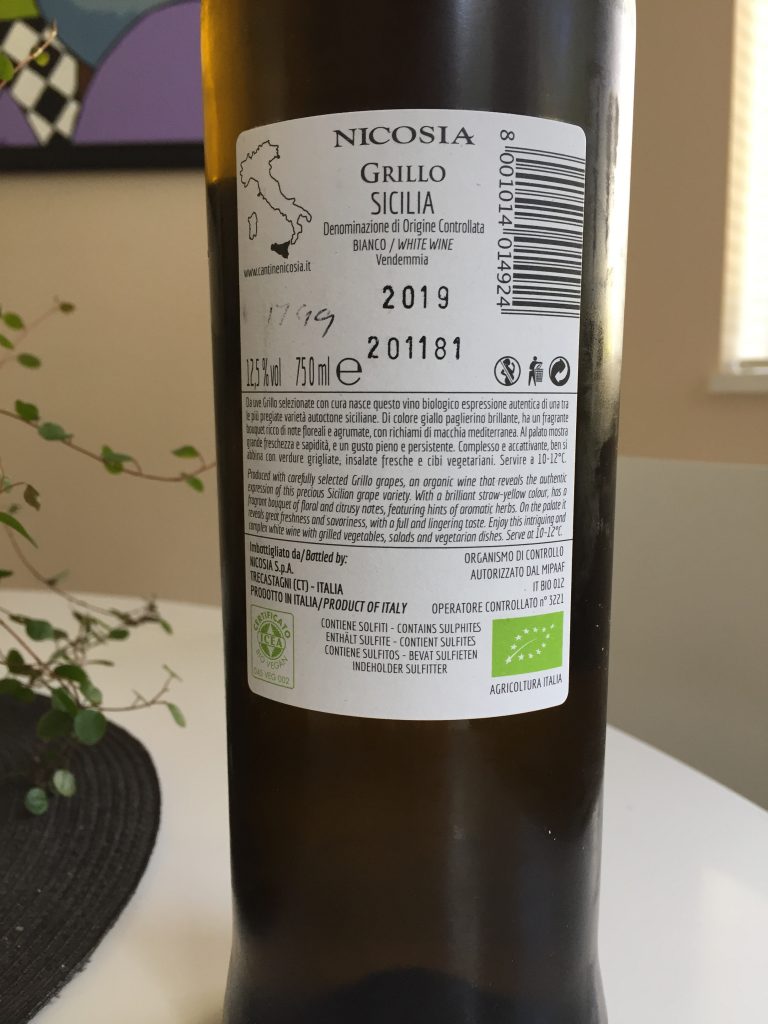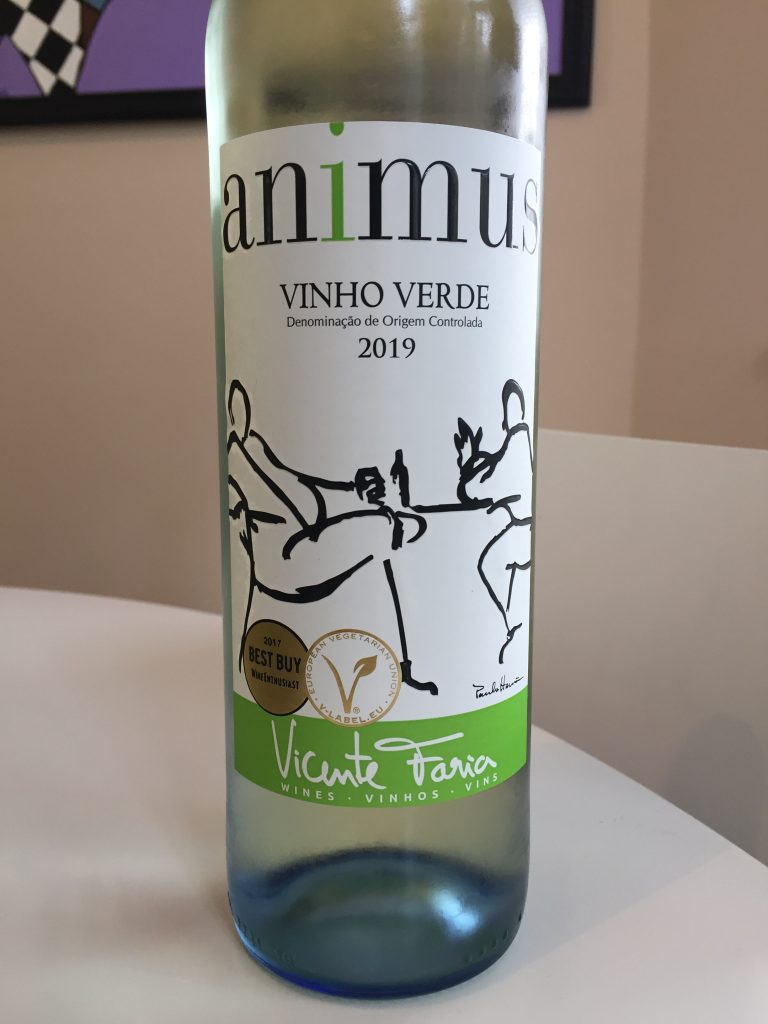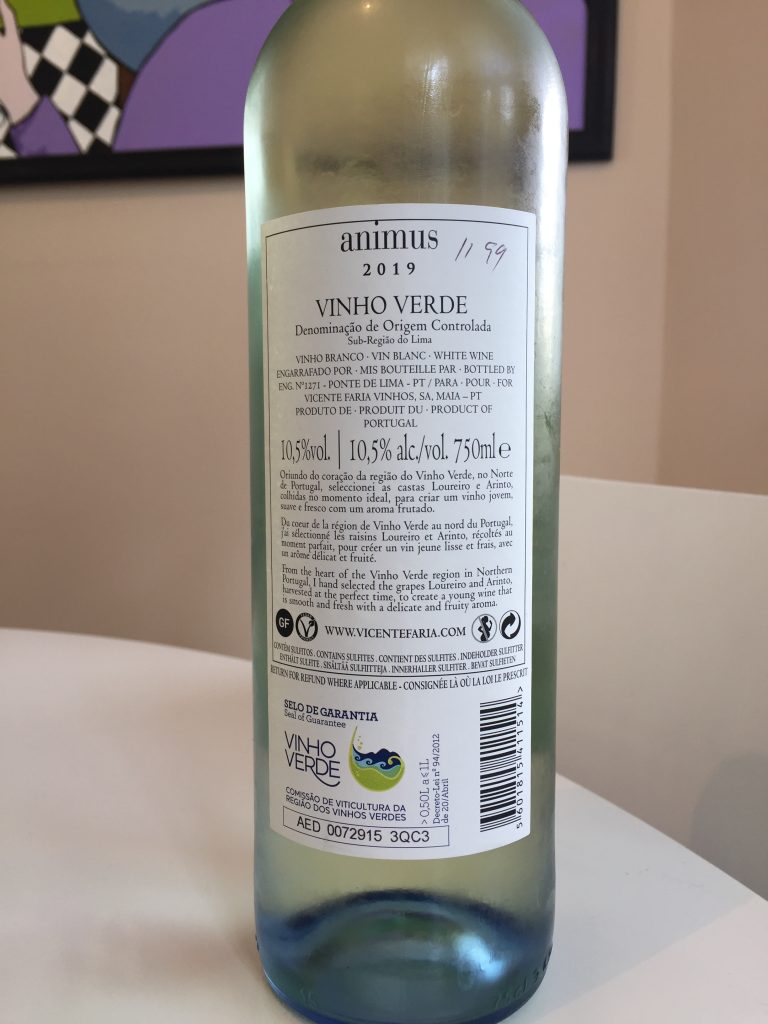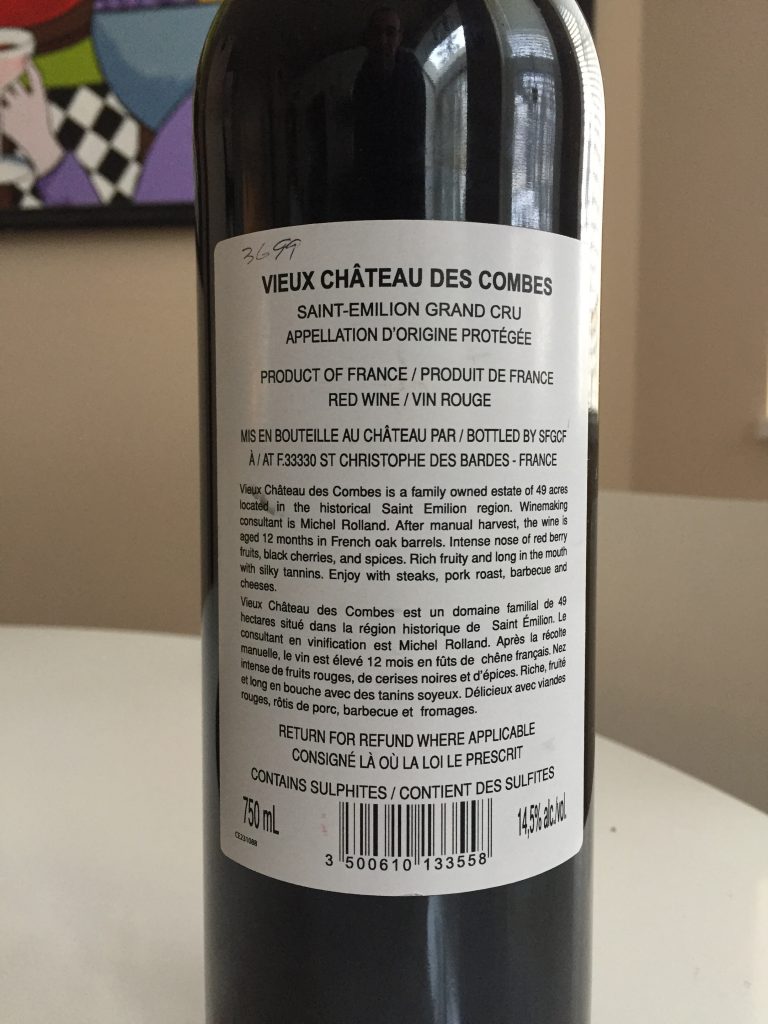Big heap smoke .. no fire
What to consider when you choose a cooking oil:
The smoke point – the maximum temp you can cook at before it burns and smokes.
Choose unrefined whenever possible – the less processed the better.
Try for less than 4 grams of saturated fat per tablespoon
And of course – flavour – each oil has it’s unique tastes
1. Extra-Virgin Olive Oil
• Nutrition at a glance: 119 calories, 1.9 grams saturated fat, 9.8 grams monounsaturated fat, 1.4 grams polyunsaturated fat (per 1 tablespoon)
• Smoke point: 350°F
• What to look for: For the most health benefits, choose unrefined, cold-pressed extra-virgin olive oil
• What it tastes like: Ranges from mild to peppery and grassy in taste, depending on the type
• When to use it: Low to medium heat cooking (like sautéing), baking and salad dressings
Olive oil has been the gold standard when it comes to healthy cooking fat—for good reason. It’s high in heart-healthy mono- and polyunsaturated fatty acids and vitamin E, which is an antioxidant and protects your cells from free radicals. When buying extra-virgin olive oil, choose a bottle that says “unrefined” and “cold-pressed” whenever possible. This means the oil was produced without heat, which degrades the product. (Our favorite brand is California Olive Ranch.)
2. Avocado Oil
• Nutrition at a glance: 124 calories, 1.6 grams saturated fat, 9.8 grams monounsaturated fat, 1.9 grams polyunsaturated fat (per 1 tablespoon)
• Smoke point: 520°F
• What to look for: Cold-pressed and unrefined avocado oil has the most nutritional value
• What it tastes like: Mild and vegetal like an avocado
• When to use it: Medium heat cooking (e.g., sautéing and roasting) and salad dressings
Avocado oil is like olive oil’s hip younger cousin. It’s almost identical in terms of nutrition benefits, with vitamin E and heart-healthy fatty acids in abundance. You can use it similarly to olive oil, too. Again, look for minimally processed varieties when buying.
3. Flaxseed Oil
• Nutrition at a glance: 120 calories, 1.2 grams saturated fat, 9 grams polyunsaturated fat, 2.5 grams monounsaturated fat (per tablespoon)
• Smoke point: 225°F
• What to look for: Look for the classification “virgin” for the most unrefined flaxseed oil.
• What it tastes like: Slightly nutty
• When to use it: Cold applications like drizzling and salad dressing
According to the Mayo Clinic, flaxseed oil, pressed from flaxseeds, is high in vitamin E and is a rich source of alpha-linolenic acid, a heart-healthy omega-3 fatty acid. But since it has a very low smoke point, it’s not as versatile as other cooking oils, and should be limited to cold applications (like salad dressing). It’s also advisable to store it in the fridge for a longer shelf life.
4. Sesame Oil
• Nutrition at a glance: 120 calories, 1.9 grams saturated fat, 6 grams polyunsaturated fat, 5 grams monounsaturated fat (per tablespoon)
• Smoke point: 410°F
• What to look for: Look for the words “unrefined” and “cold-pressed,” and don’t confuse it with toasted sesame oil.
• What it tastes like: Relatively neutral with mild nutty notes
• When to use it: Sautés, roasts and general-purpose cooking
According to studies, sesame oil is high in both sesamol and sesaminol, two antioxidants that might protect against heart cell damage. It’s also extremely versatile and can be used anywhere you would cook with canola oil. Just don’t confuse it with toasted sesame oil, which is strongly flavored and best used as a garnish.
5. Canola Oil
• Nutrition at a glance: 120 calories, 1.1 grams saturated fat, 2.6 grams polyunsaturated fat, 8 grams monounsaturated fat
• Smoke point: 400°F
• What to look for: Organic, expeller-pressed canola oil is best since it doesn’t require the chemical hexane for extraction
• What it tastes like: Neutral in flavor
• When to use it: Medium to medium-high heat cooking, baking
Because it has such a high smoke point and neutral flavor, canola oil (which comes from rapeseed) is super versatile for medium-heat cooking methods. It gets a bad rap for being poorly made, but it’s low in saturated fat and contains a lot of omega-3s. Per Dr. Crosby, it’s a healthy choice when included in a varied diet of many healthy cooking oils. While unrefined, cold-pressed canola oil is available, it’s hard to find and can be expensive.
6. Grapeseed Oil
• Nutrition at a glance: 120 calories, 1.3 grams saturated fat, 10 grams polyunsaturated fat, 2.2 grams monounsaturated fat (per one tablespoon)
• Smoke point: 420°F
• What to look for: Look for “expeller-pressed” when buying grapeseed oil and avoid any that mention the use of hexane
• What it tastes like: Neutral in flavor
• When to use it: Use grapeseed oil like canola oil
A neutral flavor and high smoke point make this oil a versatile player in your kitchen. It’s also packed with vitamin E and omegas 3, 6 and 9, as well as antioxidants and anti-inflammatory compounds, but can be pricy compared to other options (it’s made from the tiny seeds of grapes, after all).
7. Ghee
• Nutrition at a glance: 112 calories, 8 grams saturated fat, 0.5 grams polyunsaturated fat, 4 grams monounsaturated fat (per one tablespoon)
• Smoke point: 485°F
• What to look for: Freshness is key, so check the sell-by date. Look for a golden yellow color. Organic and grass-fed are good keywords, too.
• What it tastes like: Butter, baby
• When to use it: At high temperatures and in baking applications
OK, ghee isn’t an oil per se (it’s actually a highly clarified form of butter), but it’s too tasty to leave off this list. It’s a good source of vitamin E, vitamin A and antioxidants, and since it doesn’t contain the milk solids found in butter, it can be easier for lactose-sensitive stomachs to digest. But since it’s higher in saturated fat than other oils on this list, most health experts advise consuming ghee in moderation.
Cooking Oils to Avoid
Proceed with Caution: Coconut Oil
• Nutrition at a glance: 117 calories, 12 grams saturated fat, 0.2 grams polyunsaturated fat, 0.8 grams monounsaturated fat
• Smoke point: 350°F
• What to look for: Unrefined, virgin coconut oil
• What it tastes like: Sweet and tropical, like a coconut
• When to use it: In moderation, for baking and high-heat cooking (like deep-frying)
Because it contains mostly saturated fat, coconut oil isn’t the healthiest option according to most experts. But per Ohio State registered dietitian Mara Weber, MS, RD, LD, virgin coconut oil is high in lauric acid, which raises both good and bad cholesterol levels. To make things even more divisive, studies show that unrefined coconut oil contains anti-inflammatory and antioxidant compounds that outweigh its downsides. All in all, it’s best used in small amounts (and always look for unrefined varieties).
Avoid: Refined Palm Oil
• Nutrition at a glance: 120 calories, 7 grams saturated fat, 1.3 grams polyunsaturated fat, 5 grams monounsaturated fat (per one tablespoon)
• Smoke point: 450°F
• What it tastes like: Neutral flavor
It’s not that palm oil is actually that bad for you health-wise—according to Harvard Medical School, it’s lower in saturated fat than butter (and remember, everything in moderation). But as PureWow senior editor Sarah Stiefvater says, palm oil is “partially responsible for rapid deforestation in areas in Indonesia and Malaysia, and also has negative effects on carbon emissions and climate change.” Recipe developer Yewande Komolafe explains further that the ingredient—which is native to West Africa and in its unrefined state, packed with nutrients—has been exploited by corporations to be produced at a low quality and mass scale for processed foods and other products. If you want to cook with it, buy unrefined red palm oil (preferably fair trade) that has a green “RSPO” sticker or a “Green Palm” label, which means it was produced in a socially and environmentally responsible way.
Proceed with Caution: Anything in a Spray Can
According to the Cleveland Clinic, even though many cooking sprays claim to have no trans fat, manufacturers can make this claim this because they’re allowed to round down to zero if a serving size is less than half a gram. The serving size is usually listed as a ¼-second spray, or 0.25 grams. That’s not to say that all spray oils are bad, but you should definitely scrutinize the ingredient lists. Instead, try wiping the excess oil from your skillet with paper towel for a similar result.
information obtained from Canada Food Rules, and USDA, Soifia Kraushaar, Gerard Paul.
Only things missing are the Gurlz and Explosives!
Island Story
A biography of her parents. Since books were a constant theme of their lives, it is very fitting that the lives of Roddy and Ann Haig-Brown are preserved in a book by their daughter.
A lovely glimpse into the private lives of very public figures – the daily delights and frustrations of life juggling careers of writing, teaching, judging and raising children.
My copy is autographed by Valerie
Deep Currents, Roderick and Ann Haig-Brown, by Valerie Haig-Brown, Orca Publishing, 978-1551431086
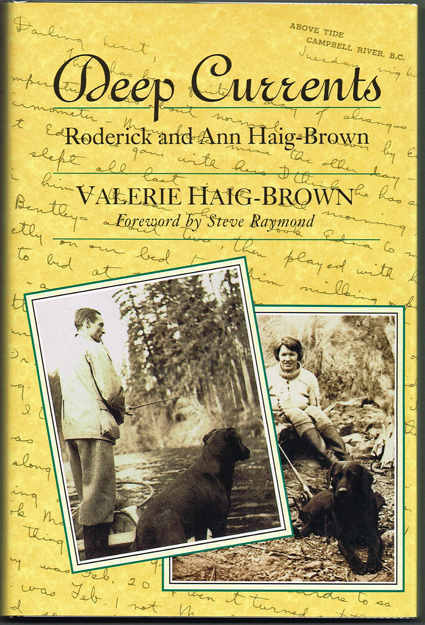
Starting Italian Lessons on Tuesday
A second refresher of the Grillo Grape, and confirmation that we really like it.
Produced with carefully selected Grillo grapes, an organic and vegan wine that reveals the authentic expression of this precious Sicilian grape variety.
With a brilliant straw-yellow colour, it has a fragrant bouquet of floral and light citrusy notes.. A fresh palate and is savoury, with a full lingering finish.
It pairs well with grilled vegetables, salads, and vegetarian dishes. We had quiches.
If this keeps up, we’ll be moving to Sicily and looking for a minor Goddess of Delectable Delights – Italian of course!
SICILIA GRILLO – NICOSIA VEGAN ORGANIC VEGAN
$17.99 regularly $19.99
12.5% Alcohol
UPC: 08001014014924
Lots of Colour
Does anyone really know what’s going on?
If the attitude fits … wear it
Summertime Summertime. Out on the Deck
Animus Venho “Verde” refers to the fact these are young wines meant to be drunk early. The wine is light, fresh, and delicious.
Get ready to be surprised. And she was! She, who doesn’t like bubbles, got by the slightly fizziness on the side of the glass very quickly.
This is a wine that is going to make you smile, even before you taste it. Look closely at the label. Great Artwork. The green ‘i’ in the name gives you a hint at what’s coming.
The grapes are pressed at low pressure, and then fermented with low temperature. 90% Louriero (one of the major grapes in the region) and 10% Arinto grapes. The Faria family has been making wine in Vinho Verde for over 200 years. Beginning just a decade ago, growers like Vicente Faria decided to make their own, estate Vinho Verde and take control of the finished wine.
After all, Vicente is a 7th generation winemaker, so he has a long family history to his advantage. He also studied oenology in Bordeaux and Portugal to give him a broader slate on which to draw ideas and concepts. Up to five grapes can be used for Vinho Verde, but he only used the best two, resulting in a great wine.
This is going to be great with salad and nibblies.
Vinho Verde Animus 2019
$11.99 regularly 13.99
10.5% alcohol
UPC: 05601815411514
Great Education
It’s bold, medium soft, dry, and very smooth. There is a lot of complexity here. Supple and well balanced.
Some of the reviews think that this is still pretty young. That may be the case, but I wasn’t about to stow it away in the dungeon for 10 years. I just may go back and grab one to put down. I need to come back to this when I have a much more experienced palate to really understand and appreciate what’s going on with this wine.
We had it with dinner, but I suspect that it would be better appreciated if you are enjoying by itself with friends.
This is made predominantly from Merlot and Cabernet Franc. Saint-Émilion wines tend to have a rich, mouth-drying tannic structure, but in this case we have small amounts of Carménère, Cabernet Franc, Malbec and Petit Verdot balancing out the blend.
An under the radar Estate that should be snapped up before it gathers more attention and the price starts to rise.
Vieux Chateau des Combes 2015
$36.99
14.5% Alcohol
